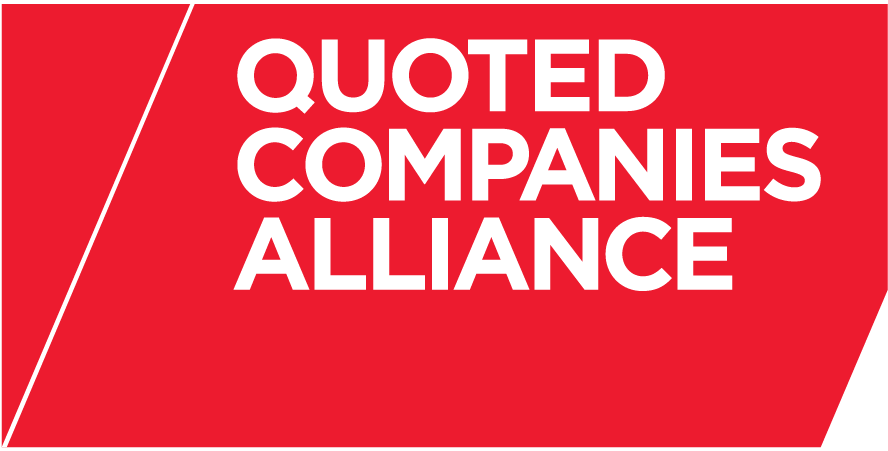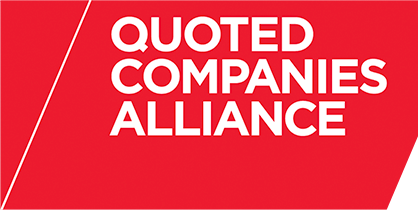Moore Stephens, the top ten accounting and advisory firm, has carried out an in-depth survey of AIM company directors and their professional advisers to explore one overarching question – is AIM still considered the world’s leading growth market?
Click here to download the findings.
The study highlights the fact that AIM issuers have achieved significantly larger market capitalisations – up from an average of £70 million in December 2013, to £111 million in December 2017 – an increase of 59%. The figure underlines one clear conclusion from the study: AIM is indeed performing well. Asked to score its performance over the last 12 months on a scale of one to five (where five is the most positive) 60% of respondents scored it either a four or a five.
Marty Lau, Head of Capital Markets at Moore Stephens commented: “The increasing trend in size of AIM companies signifies a positive sentiment to the market. This also means new issuers tend to be larger, more established companies. This is to the benefit of those companies listed on the market, but brings to light a key question – is this what AIM is all about?”
Lau continued: “The external view of the market improves on a snapshot basis with each market capitalisation but there is an impression that as these get larger, smaller companies shouldn’t be on AIM. If this trend is being pushed by regulators, there could be a risk that the lines between AIM and the Main Market become blurred, to AIM’s detriment.”
Shaun Claydon, Finance Director at Distil, who participated in the survey corroborated this point: “Whilst AIM continues to be an attractive option for growth companies seeking capital, it is not necessarily appropriate for many companies at the smaller end of the market capitalisation spectrum. Despite notable success stories such as Fever Tree, ASOS and Boohoo.com, of the 950 companies currently listed on AIM, 437 (46%) have a market capitalisation of below £25 million and 249 (26%) have a market capitalisation below £10 million.”
Claydon continued: “Due to increasing regulation and ongoing costs of membership, companies which are active users of the market and raise follow on capital will benefit most their AIM listing. By contrast, for the many micro-cap companies on AIM which are under researched, have poor liquidity and rarely tap the market for more funds, the costs of AIM are likely to outweigh the benefits beyond the initial access to public equity capital at IPO.”
When looking at the current market, Moore Stephens discovered that nearly half (44%) of those polled had a positive impression of the current market and also about the ease of performing a secondary listing. And where there is clear current satisfaction, there is also confidence for the future. More than half (53%) of those polled indicated optimism about AIM’s performance in the next year. Indeed, an overwhelming majority, at 86% of respondents, think their company is well positioned to increase revenue over the next 12 months.
“This confidence is encouraging,” continued Lau. “Despite a period of political and therefore economic uncertainty for both companies and advisors, to be demonstrating such optimism shows that AIM is still an excellent market to do business on.”
For more information about, please contact Marty Lau, Head of Capital Markets at Moore Stephens.

